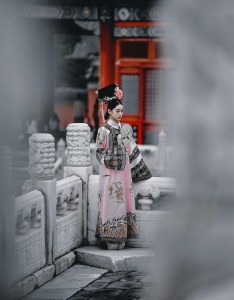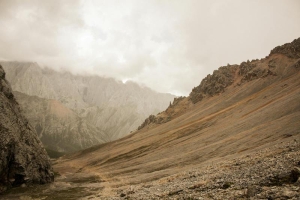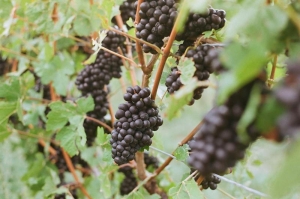National Chianti Day: Tuscany’s Iconic Wine
Every year on the 1st Friday of September, wine lovers around the world, get together to celebrate National Chianti Day. This day is all about Chianti, one of Italy’s most famous wines, born from the soil and history of Tuscany. As Australians love good wine and Italian heritage, National Chianti Day is the perfect excuse to tell the story of Chianti from its beginning to its global impact.
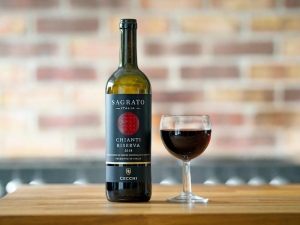
What is Chianti?
Chianti is a red wine from the Tuscany region of central Italy, a land of beauty and centuries of winemaking heritage. The wine is mostly made from Sangiovese grapes, the heart of Chianti’s soul. Sangiovese, named after the Latin “sanguis Jovis” (the blood of Jupiter), has high acidity, firm tannins and flavours of red cherries, dried herbs and violets.
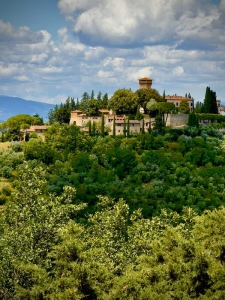
The Grapes and Chianti
Chianti has its origins in the 13th century when winemakers in the Chianti region (Castellina, Gaiole and Radda) started to produce wine from a blend of grapes. Originally Chianti was a white wine but over time red grapes, especially Sangiovese, became the main component.
In the 19th century Baron Bettino Ricasoli, a Tuscan statesman and winemaker, created the “Chianti formula”. This blend was 70% Sangiovese, 15% Canaiolo (a red grape) and 15% Malvasia (a white grape). This formula defined the Chianti style but the use of white grapes has been phased out and nowadays the blend is more Sangiovese focused.
Today Chianti wines must have at least 70-80% Sangiovese and the rest is often made up of other red grapes like Canaiolo, Colorino or even international varieties like Cabernet Sauvignon and Merlot. This blend gives Chianti its bright acidity, medium body and a flavour profile that goes from fruity and floral to earthy and spicy.
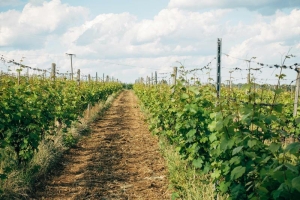
The Birth of Chianti Classico
In 1716 the Grand Duke of Tuscany, Cosimo III de’ Medici, officially defined the Chianti region and its boundaries making it one of the first wine regions in the world to be legally protected. This region, now known as Chianti Classico, is the birthplace of Chianti wine. Wines from this area are labelled “Chianti Classico” and must meet strict production rules including a minimum aging period and a high percentage of Sangiovese grapes.
The black rooster (Gallo Nero) on the neck of Chianti Classico bottles is the symbol of quality and authenticity, it represents the historical rivalry between Florence and Siena and the victory of Florence that defined the boundaries of the Chianti region.
- Chianti’s Origins: The first use of the name “Chianti” to describe the wine was in 1398. But the region’s winemaking history goes back even further, to Etruscan and Roman times.
- Chianti Classico Requirements: To be labelled as Chianti Classico the wine must be produced in the original Chianti region and must meet the rules, including a minimum aging period of 7 months and at least 80% Sangiovese.
- The Black Rooster Legend: The Gallo Nero, or black rooster, symbol comes from a legend about the medieval rivalry between Florence and Siena. According to the story, a black rooster’s early crowing allowed Florence to claim more territory during a border dispute and thus defined the original boundaries of the Chianti region.
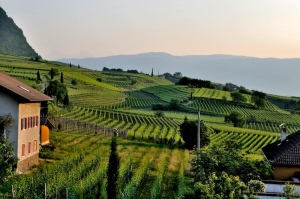
Conclusion
National Chianti Day is a celebration of a wine that has gone beyond its origins to become an Italian icon and a benchmark of winemaking. In Australia, this day is celebrated with a series of events that bring together the best of Italian culture, food and of course wine. Whether you’re attending a festival, a winemaker dinner or simply enjoying a glass of Chianti at home National Chianti Day is an opportunity to appreciate the history and the timelessness of this Tuscan icon.

